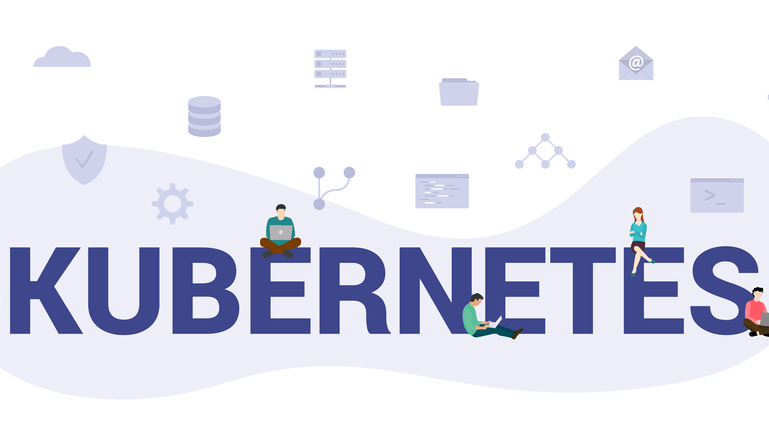
More and more companies are deploying Kubernetes to meet their hybrid, multi-cloud requirements. To unify and bring a consistent approach to our digital capabilities across the public and private cloud environments, Kubernetes’ declarative APIs and robust reconciliation loops are essential.
More than 75% of global businesses will use containerized apps in production by 2022, according to a Gartner survey from 2020, up from less than 30% in 2020.
Kubernetes trends 2022 to watch out for include the following:
Containers and Kubernetes are a perfect match. You won’t see any of that change in 2022, either. By the year 2022 and beyond, the types of apps managed by teams using Kubernetes-based platforms will continue to evolve.
Kubernetes users often built their own on-premises platforms and implemented a smaller set of applications in the early days. Use patterns have also changed dramatically as Kubernetes has become more reliable and repeatable over time.
Kubernetes was once thought to be unsuitable for applications that require a stateful environment, but this is no longer the case. Kubernetes is starting to see more and more companies transition their mission-critical, stateful applications to the container platform. To take advantage of its scalability, security, and portability, many mission-critical applications, such as database systems and event-driven messaging systems, are expected to move to Kubernetes.
Most likely, in the fields of artificial intelligence and machine learning, Kubernetes’ maturity and ability to manage more complex use cases will be most apparent. In production, Kubernetes is quickly replacing other platforms as the platform of choice for AI and machine learning tasks. We believe it’s going to have a big impact on the industry in the coming years.
Kubernetes has a lot of applications running on it, but AI/ML is one of the most prominent ones. As data science becomes increasingly important in almost every company, the ability to improve and enhance a wide range of applications grows. Everything from customer service to data-driven decision–making processes to the modeling of autonomous cars is being influenced by AI/ML.
For AI/ML to fulfill its potential, a rock-solid IT foundation is required, just as containerization’s advantages required a more productive way of managing everything in production.
There will be a high demand for Kubernetes and cloud-native skills for some time in the near future. A reliable source is currently difficult to come by, and demand is expected to outstrip supply again in 2022.
As for Kubernetes and cloud-native in general, there is no sign of slowing down in adoption. There are a number of cloud-native technologies that are expected to be adopted by more businesses, including microservices, serverless, and others. More companies are expected to recognize the importance of Kubernetes, Linux, and DevOps interplay.
When it comes to enterprise Kubernetes adoption and use, commercial platforms like Red Hat’s OpenShift have already established themselves as the benchmark. It’s only a matter of time before similar business outcomes are sought after by other organizations.
For those who don’t want or need to build a strong internal team to handle all of their Kubernetes-related needs, there are now commercial platforms that can run in any cloud, including your own datacenter, as well as managed Kubernetes services in the public cloud.
The last kubernetes trends is the security features built are quite robust, but only if the right settings are configured (and reconfigured some more). There are 29 distinct security apps on OperatorHub.io, which is one sign of how important the platform’s vibrant ecosystem has made security.
Organizations will hone their cloud and cloud-native security protocols in 2022 by utilizing readily available tools and services. There will be a shift in how applications are gated at deployment time, for example, says Kirsten Newcomer, Red Hat’s director of cloud and DevSecOps strategy.
Kubernetes security will continue to be a priority for the community as a whole, particularly in the areas of streamlining (without compromising) security for teams and reducing costs by integrating it into the tools they use to administer their clusters.
The cloud-native ecosystem will continue to grow as a result of a diverse and open community of developers from around the world. As the number of people interested in learning about Kubernetes trends 2022 and the cloud-native ecosystem grows, so will the demand from businesses of all sizes for engineers with these abilities.